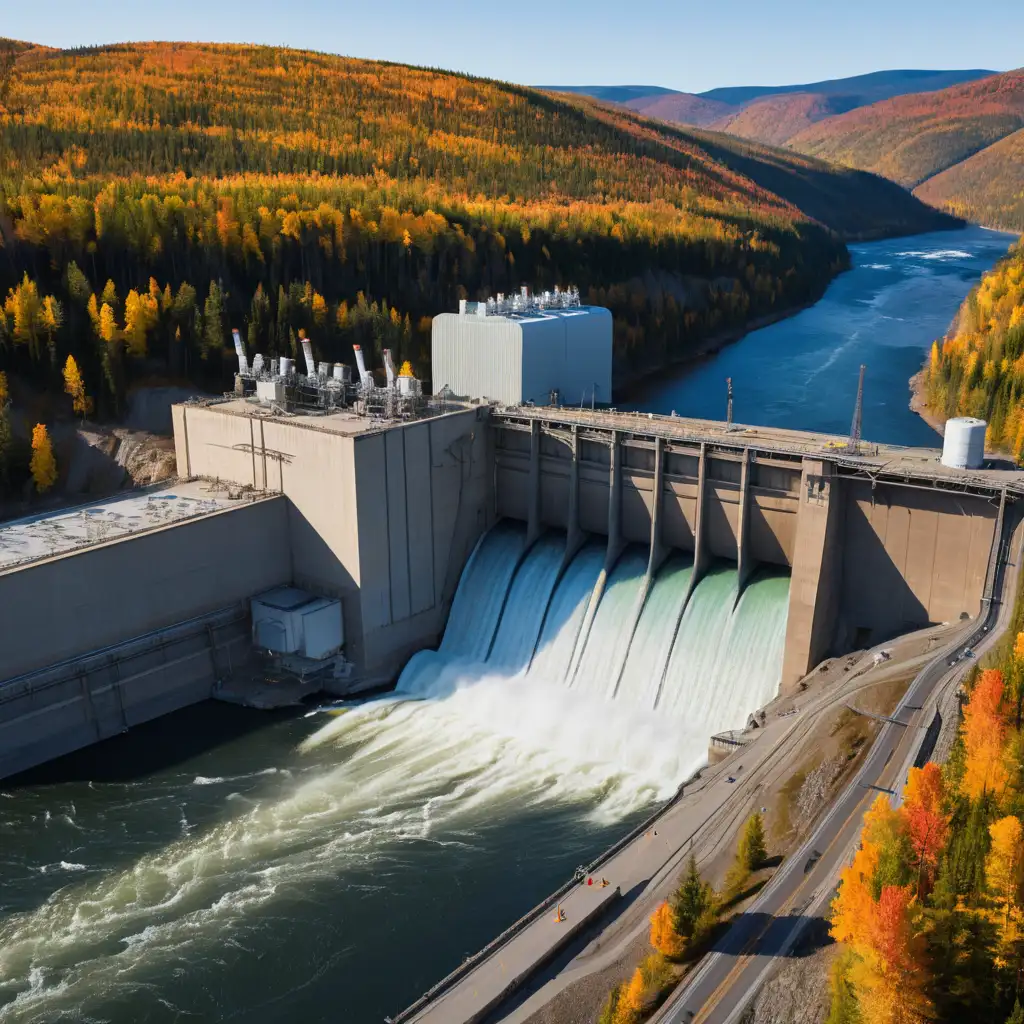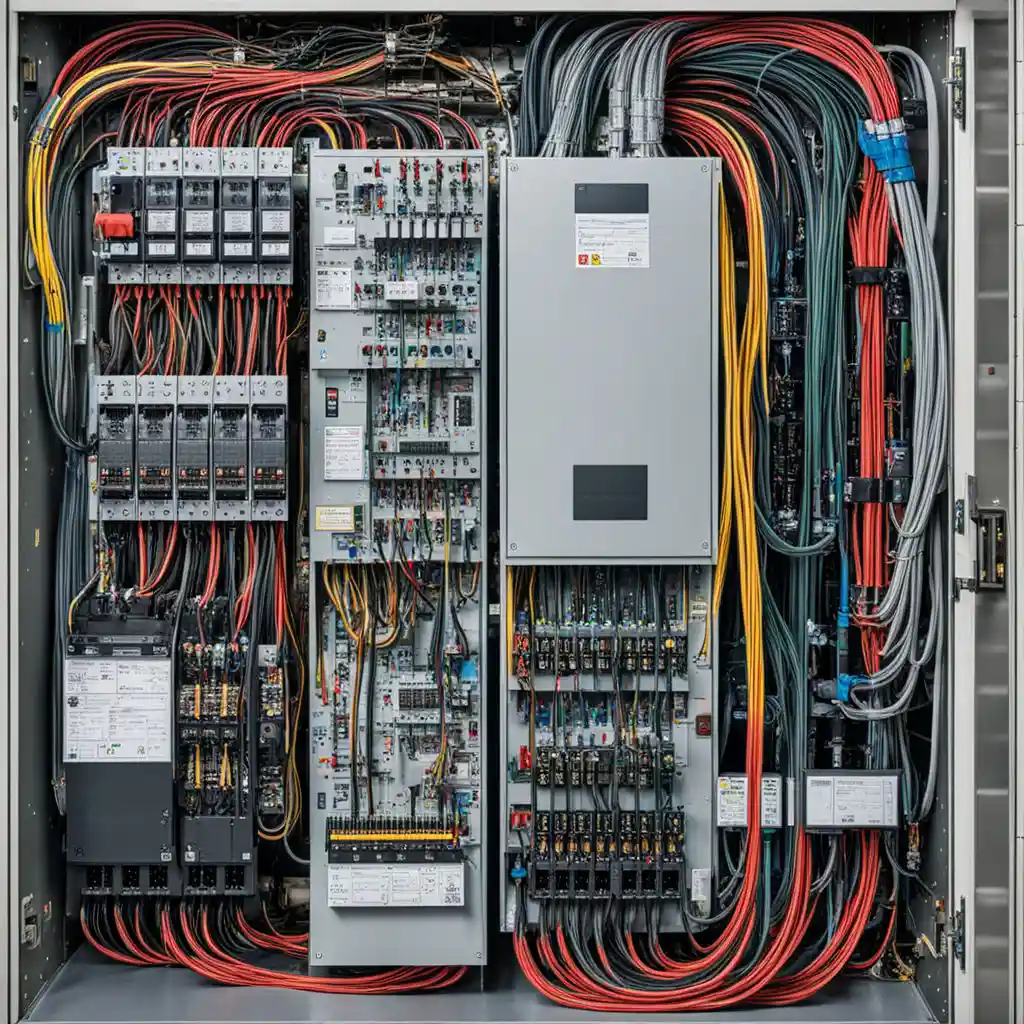
Introduction
As Canada takes big strides to reduce its carbon footprint by adopting more renewable energy sources, building a strong and adaptive grid has become a top priority. Whether extreme weather or cyberattacks, the grid must bounce back without service disruptions. A resilient grid facilitates a seamless shift towards sustainable and cleaner electrical power. Nonetheless, integrating renewable energy sources necessitates measures like load flow analysis to enhance grid resilience in Canada.
What is Load Flow Analysis?
Power flow analysis, or, load flow analysis is an assessment technique to measure how current flows through a network under certain conditions. This study evaluates power flow, current, and voltage at various nodes in a power system. From this study, we can derive insights to
- Optimize the power system.
- Identify and address the deficiencies in the system.
- Ensure stability across the network.
Importance of Load Flow Analysis in Grid Resilience
Understanding how the power moves through the grid is critical for enhancing grid resilience. Load Flow Studies provide us with a detailed picture of power distribution and current flow in the grid. These studies identify the areas of vulnerabilities in the power system, which helps to optimize the system.
Here are the key benefits of load flow analysis for achieving grid resilience:
- Identify bottlenecks and weak points- Load flow analysis pinpoints the weak links in the power system like overloaded transformers, lines, and so on. It helps determine potential failures. By addressing these weak points, grid operators can renew the vulnerable sections, thereby contributing to grid resilience.
- Ensure voltage stability- Maintaining a stable voltage is critical for the grid to function without disruptions. Load flow studies help in keeping consistent voltage levels, irrespective of the extreme weather, as in Canada.
- Optimize power distribution- Overloading and power losses can be optimized to a large extent by ensuring proper load distribution. These studies enable ethical power distribution, which enhances grid resilience and efficiency.
- Enables Distributed Energy Resources( DER) integration – DERS are small-scale units for power generation and storage. Small-scale hydropower, rooftop solar panels, etc are some examples. As Canada is embracing sustainability, DERs are becoming more popular in many provinces. However, adopting DERs can disrupt the main grid operation. Load flow studies ensure seamless integration of these small energy sources into the main grid.
- Implement adaptive measures- Load flow analysis provides data to prepare for contingent failures in the grid. This helps grid operators implement adaptive measures to protect the power system from future failures.
- Restore power during failures- Power grid resilience requires the grid to be restored to operation in case of failures and outages. Load flow studies help the operators understand the configurations, locate the fault, and restore the operation effortlessly.
Since the benefits are many, and the study itself is a complex process, only experienced engineers and consultants can do load flow analysis. When it comes to the importance of load flow analysis in grid resilience, you need to consult with competent companies like Care Labs for all-inclusive reports and analysis.
The Role of Care Labs
Load flow analysis is a complex study and involves tools like ETAP ( Electrical Transient Analyzer Program). Experts from the power system engineering field conduct these studies using the most advanced tools for accurate results. Care Labs is one such consulting power system engineering company that offers comprehensive load flow analysis services in Canada. With the use of advanced technology like ETAP 22.5, Care Labs offers error-free insights through our expert services and solutions. Moreover, we help multinational companies and facilities realize their safety goals and attain compliance standards, both local as well as international.
To sum up, Load Flow Analysis plays a critical role in enhancing grid resilience. Countries like Canada have extreme weather conditions and geographic challenges which solidifies the importance of these studies. Canadian regulatory standards and guidelines, although do not mandate load flow analysis, consider these studies as a standard practice to ensure reliability and safety in the power system.
Give us a call today if you feel your facility needs a comprehensive load flow analysis service in Canada. Our executives are here to help and guide you through the process.

Safe and Sustainable Hydropower in Canada
Hydropower in Canada- Past, present, and future! Imagine a world where 60% of the power demands are met by renewable energy sources. Wonder not, because it is a reality in Canada where hydropower is the star. Over a century ago, Canada took its first strides toward becoming a global leader in sustainable hydropower. As time […]

Cost Effective Arc Flash Study in Canada
The importance of arc flash studies in Canada’s robust manufacturing and energy sectors cannot be overstated. Why? Because it evaluates the risks associated with any electrical system. It is a core element to ensure the safety of personnel and equipment in a facility. Traditionally, it involves significant manpower, time, and resources. Enter Carelabs, a pioneer […]

The Role of Short Circuit Analysis in Enhancing Workplace Electrical Safety
Introduction Canada has one of the world’s most robust workplace electrical safety regulations. The Occupational Health and Safety (OHS) summarizes employers’ and supervisors’ rights and duties. Short circuit analysis identifies potential fault sections and their consequences in complex electrical systems. This helps develop a proper protection strategy and thus contributes to workplace electrical safety. Let […]

